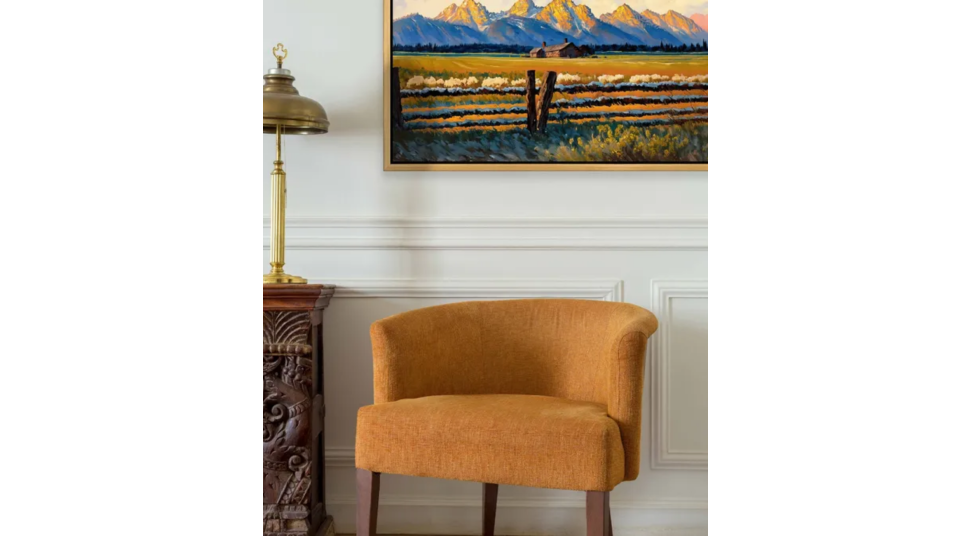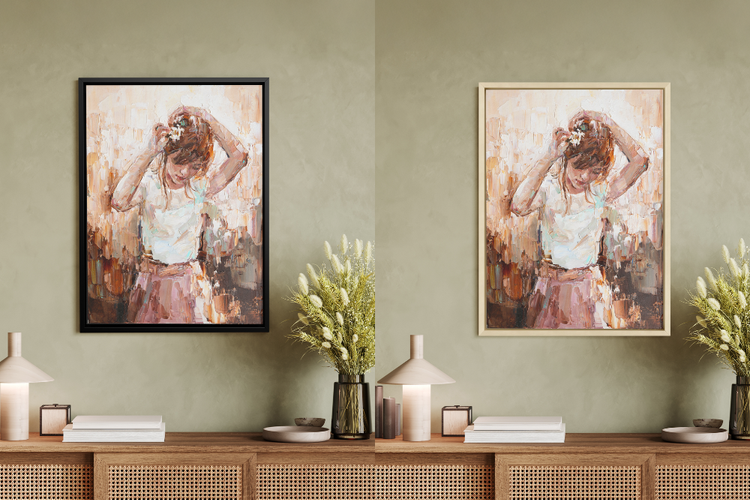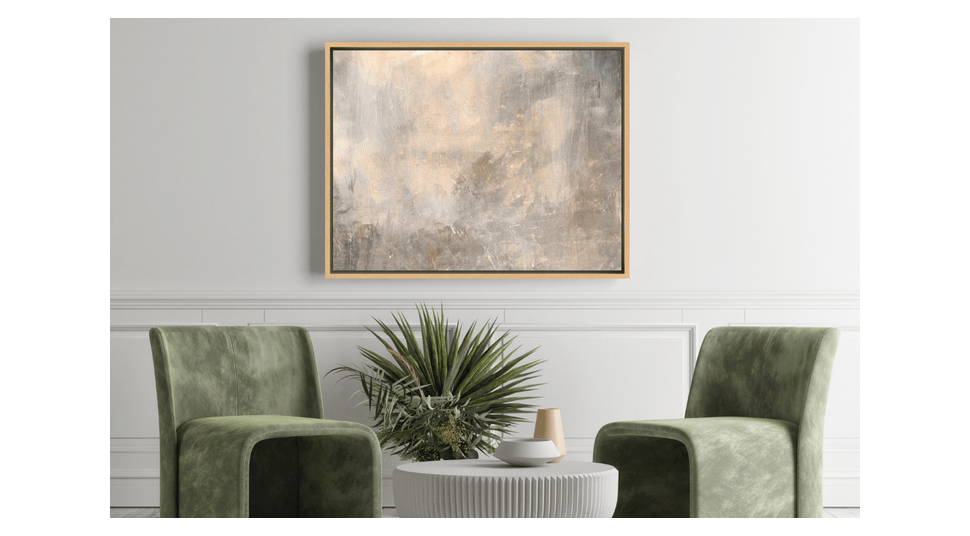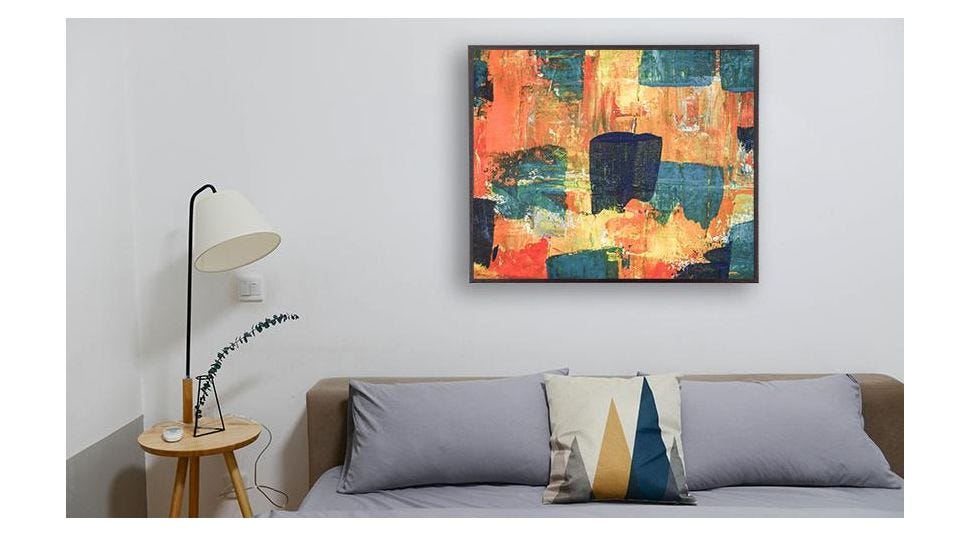How to Choose a Frame for a Stretched Canvas
You have a remarkable piece of canvas art—an elevated form that reflects skill, vision, and creative mastery. Such a work deserves a frame that does more than simply contain it; the right choice should honor its craftsmanship and amplify its impact. Given the time, effort, and investment behind the piece, selecting the right frame can feel daunting. But don’t worry—this is an exciting process. Let the essence of the artwork, its purpose, and stylistic intent lead the way, ensuring that the final presentation feels as intentional and meaningful as the art itself.
Key Considerations
First, we need to grab a reliable measuring device and record depth plus the length and width of the canvas at various points. Canvases aren't always square, so extra measurements are helpful to know exactly what you are working with.
Choose Your Frame Type
Gallery Frame: A traditional frame that fully encloses the artwork behind acrylic. It sits flush against the edges of a print or photograph, creating a clean and refined look. Gallery frames are common for flat works such as photographs, prints, drawings, and painted canvas panels.


Float Frame: Designed specifically for canvases, a float frame leaves a small gap (or “float” space) between the canvas and the frame, making the artwork appear as if it is floating inside. This style enhances the depth of a canvas piece and is ideal for contemporary or modern presentations.


Is the canvas finished on the sides and stapled to the back (this is also known as a gallery wrap)? If so, consider a float frame. It adds structure to the stretched canvas, creates eye-catching spacing between the art and the frame, and allows the entire image—including the edges—to remain visible without any overlap, unlike a gallery-style frame. Canvases that aren’t perfectly square—common with larger pieces or those stretched by hand—can benefit from a float frame, which offers a polished, seamless, sculptural presentation that helps mask slight imperfections.


Gallery Wrapped Canvas
Consider the style of the artwork and the space where it will be displayed. Traditional frames, often ornate with rich wood tones or gilded finishes, add a sense of classic elegance and work well with timeless or historically inspired pieces. In contrast, modern frames embrace simplicity, featuring sleek lines, minimal profiles, and neutral colors that compliment contemporary or abstract art. The right frame should coalesce with your canvas while aligning with your personal aesthetic and the overall design of your space.
Color and finish play a key role in elevating your artwork. Metallic tones—like warm golds or cool silvers—offer a subtle sheen that shifts with the light, adding dimension and sophistication to both contemporary and classic spaces. Studio float frames in black, white, or natural wood tones provide a clean, neutral backdrop that lets the colors in your canvas take center stage. Choosing a frame color that echoes your artwork’s undertones creates harmony, while a bold contrast can add energy and visual impact. Whether you prefer understated elegance or striking contrast, thoughtful coordination of color and finish ensures your presentation feels intentional and refined.


The grey tones of this landscape pair effortlessly with our Gunmetal frame for a presentation that feels intentional and refined.
When selecting a frame, consider the artwork’s purpose and the setting where it will be displayed. A gallery show may require a specific frame style or color to meet exhibition guidelines, while a client’s tastes and décor preferences should guide choices for commissioned pieces. For personal spaces, whether at home, in an office, or in a studio, the frame should complement both the artwork and its surroundings. By aligning the frame with the artwork’s purpose, you ensure that it fits just right in its intended home.
Ultimately, choosing the right frame for your canvas art comes down to your purpose, vision, and style. If you need guidance, feel free to reach out to the professionals at American Frame. Or download our useful guide on selecting the right frame for your art!
We’re here for you. Here for the art.




